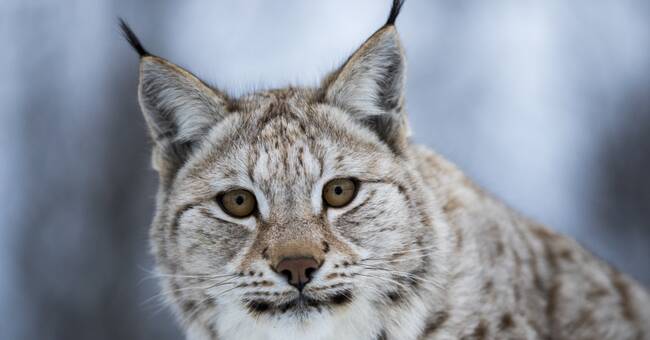Every year, the Swedish Environmental Protection Agency publishes a report on what it looks like with predators in each county, and in Blekinge they are now working on compiling what the situation looks like locally.
The figures are not clear yet, but already now the county administrative board in Blekinge can confirm that there are at least three rejuvenations / family groups in Blekinge.
Moves across borders
A rejuvenation / family group consists on average of five to six animals with a female lynx and several young.
In addition, there are also lone males.
The lynx move across county boundaries, which means that a rejuvenation can be shared between two counties.
At the same time, there is some uncertainty in the measurement results as not all lynx may have been documented, especially during snow-free winters.
Large home areas
- The majority of the population is shared with our counties to the north and also Skåne.
It is the forest area that is their habitat and the territory is quite large for a lynx with just over 38,000 hectares in our part of the country.
The important thing here is the entire national result and how the animals are distributed, says Andreas Abrahamsson who is a game manager at the county administrative board in Blekinge.
Blekinge is currently chairman of the southern predator management area, where they have a minimum level of 27 rejuvenations that must be met.
This is a goal that has been met since 2017/18 and statistics show that the lynx population has increased in number in the last ten years.
- The population has progressed very strongly. In Blekinge, it can be said that the rejuvenations we have secured are in a row from west to east in the northern part of the county, with the exception of one that is close to Skåne, says Andreas Abrahamsson.

